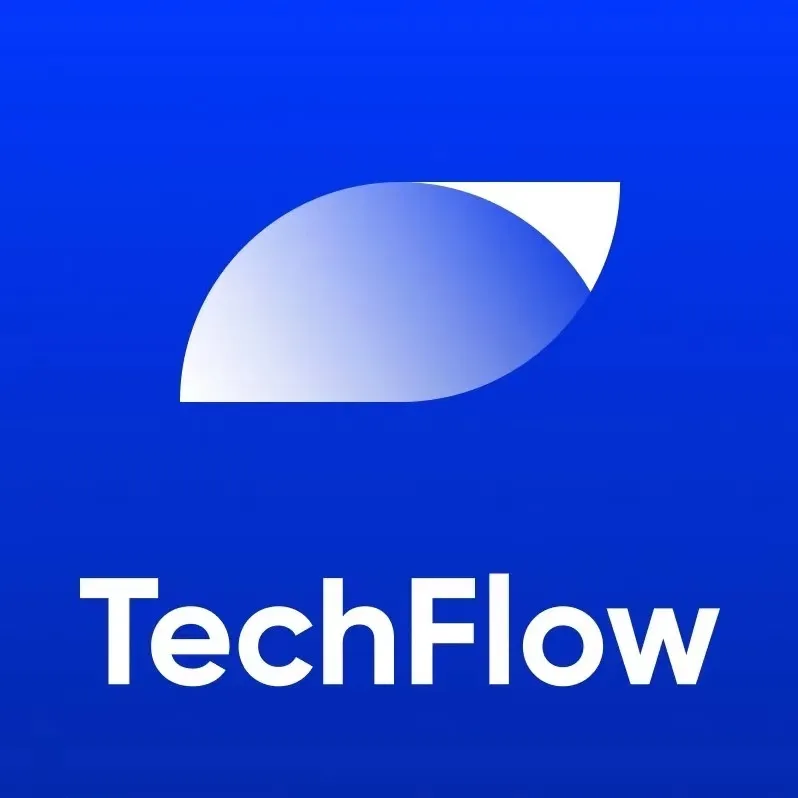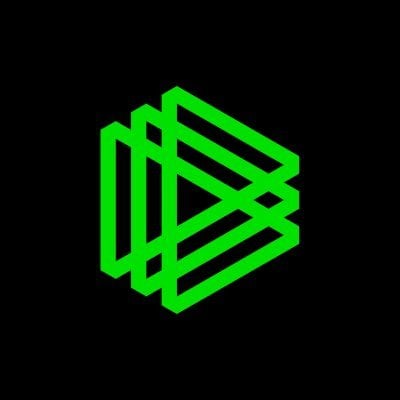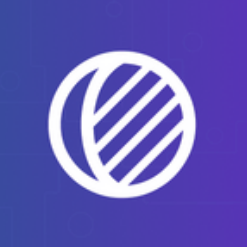Infrastructure interest remains strong, detailed explanation of Paradigm's $9 million investment in the new project Shadow
Author: Deep Tide TechFlow
Retail investors in the secondary market are actively engaging in inscriptions, while VCs in the primary market continue to invest in infrastructure.
Recently, an infrastructure project named Shadow publicly announced that it has secured $9 million in seed funding led by Paradigm.

Infrastructure is indeed important in the crypto space, but the general sentiment is that there is a surplus of infrastructure and a lack of applications.
This leads us to ponder why venture capital tends to make large investments in infrastructure projects. What problems do these projects address that may not be obvious to most users, yet are crucial for the entire crypto industry?
Infrastructure projects often involve many technical details in their design, making them somewhat challenging to understand; after reviewing the relevant materials for the Shadow project, this feeling becomes even more pronounced.
The project’s official website is filled with a lot of code and data, making it difficult for the average user to grasp what problems it actually solves.
At a glance, Shadow is an innovative blockchain infrastructure project aimed at simplifying and reducing the engineering time and cost of on-chain data indexing and analysis; however, there are no clear standard answers on how it does this or why it is necessary.

As a rising star backed by top VC Paradigm, Shadow naturally has its unique strengths.
Therefore, after conducting a certain level of research, I attempt to interpret the pain points captured by Shadow and its unique solutions, and delve into Shadow's core value and its potential impact in the crypto space.
On-chain data analysis is important, but it is costly to use
First, the direction that the Shadow project targets is the field of on-chain data analysis.
On-chain data analysis is crucial in the cryptocurrency space as it provides deep insights into market dynamics and is a key factor in optimizing trading strategies, enhancing security measures, and promoting technological innovation.
However, it is important to note that the on-chain data analysis referred to by Shadow should not be equated with on-chain analysis tools like Dune, Nansen, and Arkham.
On-chain analysis tools essentially "process data and then provide it to you," while on-chain analysis refers to "data processing."
This is somewhat akin to the difference between a restaurant's dishes and its ingredients.
Using on-chain data tools is free and fast because the restaurant has already prepared the dishes for you; whereas in the kitchen, processing the ingredients (raw on-chain data) can be a time-consuming and labor-intensive task.
How is it time-consuming and labor-intensive? Existing on-chain data analysis faces issues of high costs and technical complexity:
- Generating event logs for smart contracts incurs high gas fees
- Real-time tracking and analysis of data require substantial computational resources
- Although on-chain data is publicly transparent, its structure and format may make parsing and effective utilization a challenge
As a result, existing data analysis solutions often struggle to meet the demands for real-time performance, cost-effectiveness, and flexibility, highlighting the urgent need for a more efficient and economical data processing method.
This demand may not necessarily be the end-users' demand; as mentioned in the restaurant analogy, it may be the restaurant's need to process raw materials. Thus, the Shadow project is more about serving project parties, developers, and professional data analysts rather than targeting end-users.
Shadow creates a "shadow" for the expensive ontology
Since utilizing and organizing on-chain data is costly, a feasible solution is:
To create a "forked" version of the on-chain data and then analyze and modify it freely within this fork.
This is also hinted at in the name of the Shadow project. Instead of directly calling resources on the main chain for analysis, it generates a similar "shadow" version for processing.
This approach easily brings to mind the Fork button on GitHub.

If someone has a code repository that I find interesting, but I don't want to mess things up in their repository, the best way is to Fork their code repository, clone it to my computer, and modify it freely.
Similarly, you can compare Shadow's shadow fork to forking someone else's code repository on GitHub. On Shadow, you can create a shadow version of the main chain for data analysis and custom event log additions, and these operations will not affect the main chain itself.
Thus, the shadow fork is an off-chain read-only execution environment designed to mirror the state of the public blockchain in real-time and is highly optimized for data access.

Through its unique shadow fork technology, Shadow provides a new solution for on-chain data access and indexing.
This technology can be likened to creating a perfect simulation environment in the real world. In this virtual environment, users can freely add or modify event logs of smart contracts without incurring high gas fees.
It's like freely building in a sandbox city, unrestricted by the costs and rules of the real world. In this way, Shadow significantly reduces the cost of data processing while enhancing flexibility and efficiency.
It not only makes data indexing faster and richer but also simplifies deep data analysis. Additionally, Shadow's approach offers new possibilities for the development and testing of smart contracts, allowing developers to test and optimize their contracts without affecting the mainnet.
What can it specifically do?
Currently, the official materials from Shadow showcase four potential use cases for using the protocol:

1. Save gas fees and contract size: By placing event logs in the shadow fork instead of the mainnet, contracts can be significantly optimized to meet different data needs. This approach can reduce gas fees per transaction by up to 12% while increasing contract visibility.
2. Enhance protocol analysis: Shadow allows users to customize any contract's events, even if events on the mainnet are missing or incomplete. Users can directly access mainnet state data for subsequent data analysis.
3. Build fast indexers: By issuing data-rich shadow events, RPC calls are reduced, tracking and complex data merging are streamlined, thereby accelerating the data indexing process.
4. Complete logging suite: Shadow allows users to emit private logs in any contract for monitoring, testing, debugging, and analyzing the execution of contracts in actual mainnet transactions.
These features may be too technical for the average user, but who else might utilize these functionalities?
Shadow's primary user base includes blockchain developers, data analysts, and researchers who may require efficient, low-cost on-chain data access and analysis tools.
Using Shadow is quite simple and straightforward. Developers only need a few lines of code to create and test new event logs and smart contracts in their shadow fork. This process requires no complex setup, and users can easily create shadow forks and add custom event logs through the user-friendly interface provided by Shadow.

This simplicity means that even those who are not blockchain experts can quickly start leveraging the aforementioned features of Shadow.
Opportunities and Challenges
With the continuous development of cryptocurrencies and Web3 technologies, Shadow faces significant opportunities and challenges.
From an opportunity perspective, as the number of blockchain applications increases, more external organizations join, and trading volumes rise during bull markets, the demand for efficient, low-cost on-chain data processing is growing. The technologies mentioned above by Shadow have the potential to become leaders in this field.
However, challenges also exist, including competition with other technological solutions, maintaining technological advancement and security (open-source), and whether it can scale to more blockchain platforms.
Overall, the main issue with such projects is that they are too distant from end-users, making them difficult to perceive and generate FOMO (fear of missing out) sentiment.
From the perspective of industry observers and practitioners, having more projects like Shadow provides a handy tool for in-depth industry analysis; however, from the perspective of retail investors and users, whether such tools exist may not be important to them. They are more concerned about whether there are airdrops, how to participate, and interact to earn rewards.
In the fragmented focus and sentiment between the primary and secondary markets, I believe Paradigm's investment in Shadow is not only support for a single project but also a vote of confidence in the development of the cryptocurrency infrastructure sector.
VCs focus on infrastructure, while retail investors focus on applications. Today's crypto market resembles an open market where participants of different sizes focus on their own trades at different stalls.
Ultimately, the busier and more prosperous the market is, the better it is for everyone.











